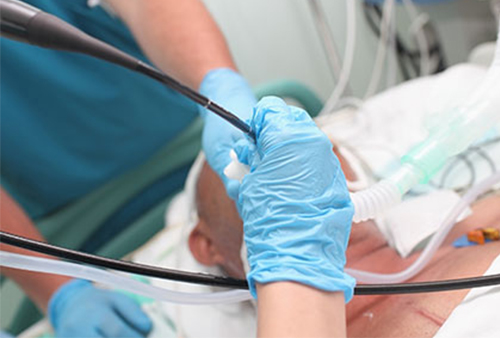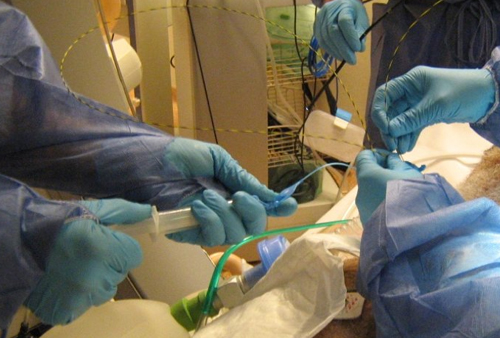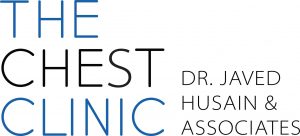
Bronchoscopy is an out-patient procedure performed using a thin viewing instrument (a bronchoscope) inserted through the mouth or nose to examine the airways leading to and from lungs.
Why is it done?
Bronchoscopy is used to aid in diagnosis and target treatment of various pulmonary conditions.
It gives your doctor a more detailed view and insight into causes of lung problems, for example in case of an infection, chronic cough or for a clarifying an atypical chest X-ray.
Bronchoscopy can also be used with other tools to aid tissue sampling, in treatment such as guiding the removal of obstructions or growths from the air passages or lungs, dilating/stenting a narrow or collapsing airway or even to pass in a laser probe for controlling bleeding.
A bronchoscope may also be fitted out with an ultrasound probe (known as the Endobronchial Ultrasound – EBUS) for a view of the chest lymph nodes among lung cancer patients. EBUS may also be used for determining the extent and development level in other types of cancers.
Preparing for bronchoscopy
Patients may be asked to stop taking any blood-thinning medications several days before undergoing a bronchoscopy. Meals should not be consumed around 4 to 8 hours before the appointment.
After the procedure
Some light and transient discomfort may be experienced following bronchoscopy such as mild throat irritation, a cough or muscle ache. These are normal sensations and subside very quickly with basic home care such as warm saline gargles and throat soothing lozenges.
What you should pay attention to?

Although bronchoscopy is a very safe procedure and complications are uncommon, it is important to contact and see a doctor without delay if you:
- Have signs of an infection such as a fever that persists more than a day;
- Experience a worsening sensation of chest pressure or pain or struggling to breathe;
- Are coughing up a notable amount of blood.
Your lung specialist will discuss with you things to bear in mind and you will be given instructions before, during and after your procedure. In case of any questions or concerns please note them down and discuss them at your appointment.
